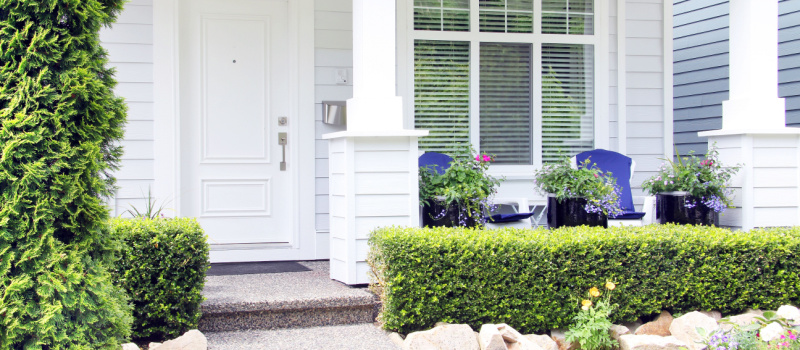Insect and Disease Control for Your Yard

As we step into our gardens, we often encounter a myriad of insects buzzing around, and while some are beneficial to our plants, others can have detrimental effects on our carefully nurtured greenery. Similarly, diseases can quickly spread among plants if left unchecked, causing wilting leaves and stunted growth. In this article, we will explore practical strategies to combat these nuisances and protect the beauty and vitality of your yard. So grab your gardening gloves and join us on this journey to create an insect-free oasis where your plants flourish in harmony!
1. Identify the Culprits
The first step in effective insect and disease control is identifying the pests or diseases causing problems in your yard. Different pests and diseases can affect various plants differently. Once you identify the issue, you can choose the most appropriate control methods. Some common signs to look out for include:
- Yellowing or browning of leaves: This can indicate nutrient deficiencies, fungal infections, or the presence of insects.
- Holes in leaves or chewed foliage: These signs often point to insect infestations.
- Powdery mildew or mold-like growth: Fungal diseases can manifest as white or gray powdery spots on leaves or a fuzzy, mold-like growth.
- Wilting or drooping plants: This can signify root rot or bacterial infections.
2. Practice Good Lawn and Plant Care
One of the best ways to prevent and manage insect and disease problems is by maintaining a healthy yard. Here's how:
- Proper watering: Ensure your plants and lawn receive the right amount of water. Overwatering can create conditions for fungal diseases, while underwatering weakens plants.
- Fertilize wisely: Apply the correct type and amount of fertilizer for your plants. Balanced nutrition helps plants resist diseases.
- Regular pruning: Prune your trees and shrubs to remove dead or infected branches and improve air circulation.
- Mulch: Apply mulch in garden beds to conserve moisture, regulate soil temperature, and prevent weeds, which can host pests and diseases.
3. Integrated Pest Management (IPM)
IPM is a holistic approach to managing pests and diseases that minimizes environmental impact. It involves several strategies, including:
- Monitoring: Regularly inspect your yard for signs of trouble. Catching issues before they become a significant problem makes them easier to control.
- Cultural practices: Choose disease-resistant plant varieties and practice crop rotation in vegetable gardens.
- Biological control: Encourage natural predators like ladybugs, lacewings, and parasitic wasps to feed on garden pests.
- Chemical control: Use pesticides as a last resort, only when necessary. Choose products that target the specific pest or disease while minimizing harm to beneficial organisms and the environment.
4. Targeted Treatments
When dealing with specific insect or disease problems, consider the following treatments:
- Insecticidal soaps: These are effective against soft-bodied insects like aphids and mealybugs. They are less harmful to beneficial insects.
- Neem oil: Neem oil is a natural pesticide that can control a wide range of pests while having minimal impact on beneficial insects.
- Fungicides: If fungal diseases are an issue, select an appropriate fungicide and apply it according to the instructions.
- Systemic treatments: Some pesticides and fungicides can be absorbed by plants and provide ongoing protection. These are particularly useful for controlling pests that feed on plant sap.
5. Keep Your Yard Clean
Removing plant debris and fallen leaves from your yard helps reduce the risk of pests and diseases overwintering and returning in the spring. Regularly clean up fallen leaves, pruned branches, and other plant material.
6. Consider Resistant Plant Varieties
When planning your yard, choose plant varieties resistant to common local pests and diseases. These varieties are less likely to require chemical interventions, making your yard more environmentally friendly.
7. Follow Local Guidelines
Check with local agricultural extension offices or gardening associations for specific guidelines and recommendations for pest and disease control in your area. Local experts can provide valuable advice tailored to your region's unique conditions.
Maintaining a healthy yard involves vigilant insect and disease control. By following these tips and strategies, you can protect your outdoor space from the threats posed by pests and diseases. A well-cared-for yard not only enhances the beauty of your home but also provides a safe and enjoyable space for you and your family to relax and enjoy the outdoors. So contact The Experienced Gardener today and fall in love with the great outdoors again!


